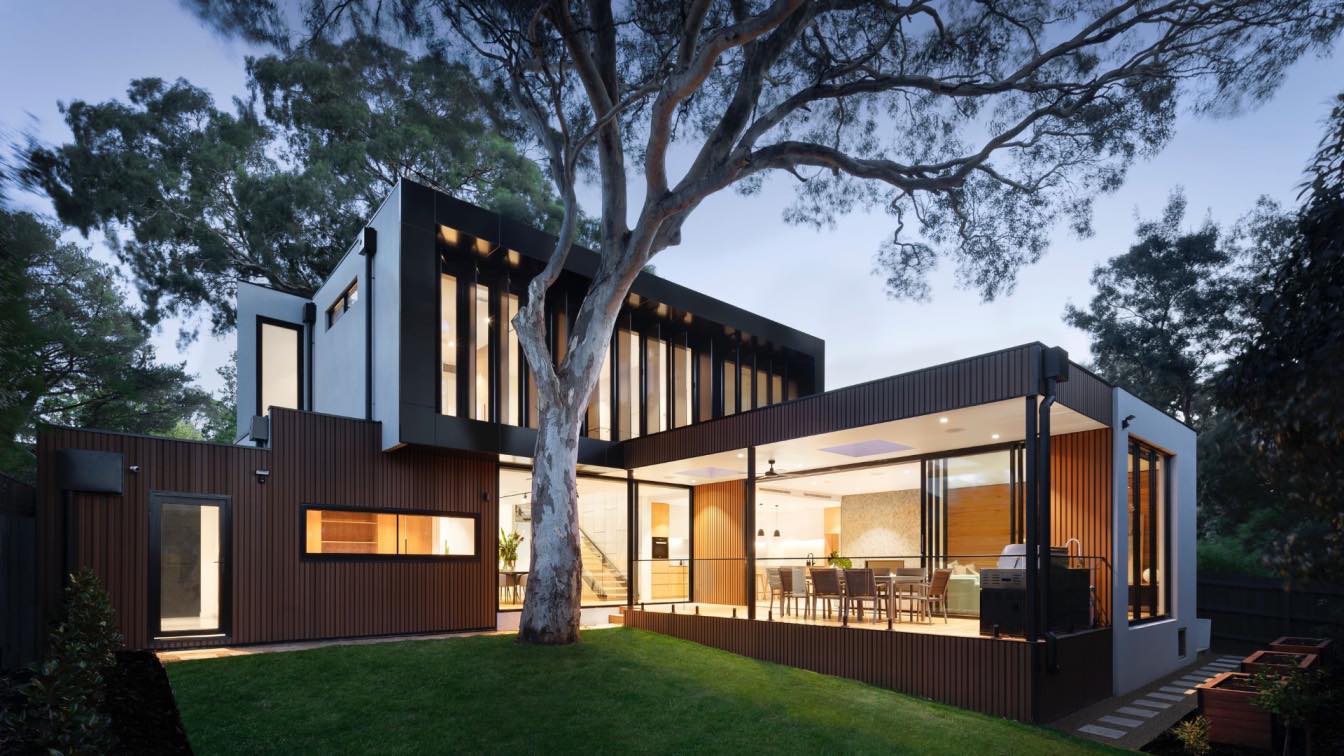Australia’s luxury housing market is renowned for its blend of opulence, innovation, and respect for the natural environment. As architectural trends evolve, so too do the expectations and desires of homeowners seeking to create their ideal living spaces. From Sydney’s harbor-front mansions to Melbourne’s chic urban residences and Queensland’s sprawling coastal estates, the architectural landscape of Australian luxury homes offers a rich tapestry of styles and features. In this article, we explore the current trends shaping the design of luxury homes across Australia, highlighting what’s in vogue and what homeowners can expect as they embark on their own architectural journeys.
Embracing Natural Elements and Sustainability

One of the defining characteristics of modern Australian luxury homes is the emphasis on blending seamlessly with the natural environment. Architects and homeowners alike prioritize sustainability and eco-conscious design principles. This trend is evident in the use of locally sourced materials, such as timber and stone, which not only enhance the aesthetic appeal but also reduce the home’s carbon footprint.
Furthermore, passive design techniques play a crucial role in maximizing energy efficiency. Features such as orientation to capture natural light and ventilation, as well as the integration of solar panels and rainwater harvesting systems, are increasingly common in luxury homes. This eco-friendly approach not only aligns with global sustainability goals but also resonates with homeowners who value responsible living.
Contemporary Minimalism with a Touch of Luxury
In contrast to the ornate styles of the past, contemporary Australian luxury homes often embrace minimalism and clean lines. Open-plan layouts create fluid spaces that enhance the sense of openness and connectivity, while floor-to-ceiling windows and sliding glass doors blur the boundaries between indoor and outdoor living areas.
Luxury in these homes is defined not by excess but by thoughtful design and high-quality materials. Architectural elements such as sleek finishes, minimalist kitchens with state-of-the-art appliances, and integrated smart home technology contribute to a sense of modern luxury. The focus is on creating serene, uncluttered spaces where every element serves a purpose and exudes sophistication.
Fluidity Between Indoors and Outdoors
Australia’s favorable climate encourages a lifestyle that embraces outdoor living year-round. As such, the integration of outdoor spaces into the overall design of luxury homes has become increasingly important. Expansive terraces, alfresco dining areas, and landscaped gardens are key features that blur the distinction between indoors and outdoors.
Architects leverage natural landscapes and vistas to create seamless transitions between internal and external spaces. This integration not only enhances the aesthetic appeal of the home but also promotes a sense of relaxation and well-being. Outdoor kitchens, fire pits, and infinity-edge pools are popular additions that allow homeowners to fully enjoy the beauty of their surroundings while entertaining or unwinding in style.
Technology and Innovation at the Forefront
The rapid advancement of technology has revolutionized the way luxury homes are designed and operated. Smart home systems that control lighting, heating, security, and entertainment have become standard features in many Australian luxury residences. Homeowners can now monitor and adjust their environments remotely, ensuring comfort and security with ease.
Innovative building materials and construction techniques also play a significant role in shaping modern luxury homes. Architects experiment with modular construction, sustainable building materials like recycled steel and glass, and advanced insulation methods to create homes that are not only luxurious but also environmentally responsible.
Regional Influences and Adaptations
While there are overarching trends in Australian luxury home design, regional influences and adaptations play a crucial role in shaping architectural styles. In Sydney, for instance, waterfront properties often feature expansive glass facades that maximize views of the harbor and skyline. Melbourne’s luxury homes, on the other hand, may prioritize urban sophistication with rooftop gardens and integrated green spaces.
In Queensland, where the climate is warmer, tropical influences such as breezeways and open-air pavilions are prevalent. Architects in each region carefully consider local climate, topography, and cultural context to create homes that are not only aesthetically pleasing but also functional and comfortable year-round.
The Future of Luxury Home Design in Australia
Looking ahead, the future of luxury home design in Australia promises to be even more innovative and sustainable. Architects and designers continue to push boundaries with new technologies, materials, and design principles that prioritize both luxury and environmental responsibility. The demand for homes that offer privacy, security, and a connection to nature will continue to drive the evolution of architectural trends.
Furthermore, as global concerns about climate change grow, there is an increasing focus on creating homes that are carbon-neutral or even carbon-positive. Net-zero energy homes, which produce as much energy as they consume over the course of a year, are likely to become more prevalent in the luxury market.
In conclusion, Australian luxury homes embody a unique blend of elegance, innovation, and respect for the natural environment. From sustainable building practices to seamless indoor-outdoor living spaces, the architectural trends shaping these homes reflect the desires of homeowners to live harmoniously with their surroundings while enjoying the comforts of modern luxury. As these trends evolve, one thing remains clear: the future of luxury home design in Australia is as promising as it is inspiring.
Aspiring homeowners and architectural enthusiasts alike can look forward to a continued evolution of styles and technologies that redefine what it means to live in luxury in the land down under.
